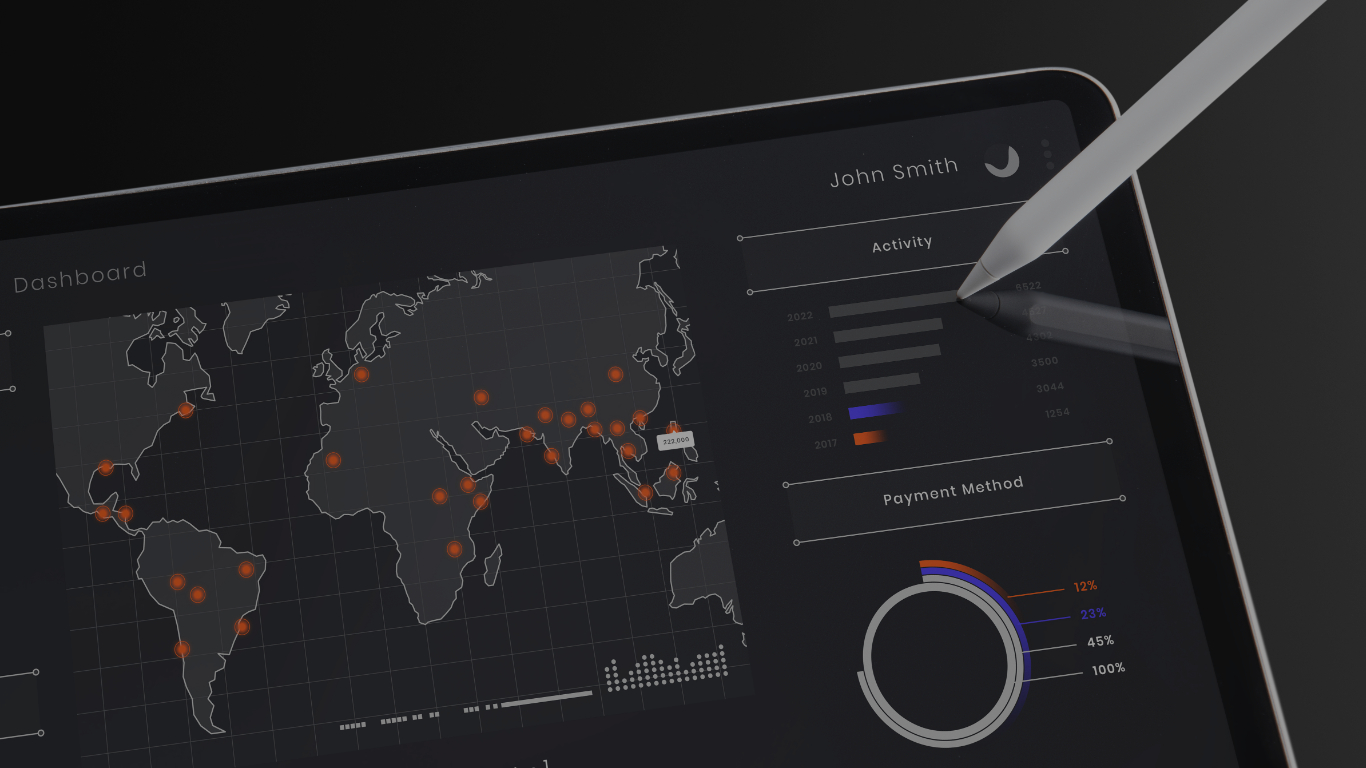With S/4HANA, SAP launched a new ERP product promising significant simplifications to the IT side of executing business processes. Going by some of the sales and marketing messages SAP has sent out during the last few months, customers implementing S/4HANA would have a unique opportunity to heavily cut into their SAP BW investments, to the point that they no longer need SAP BW (or any other data warehouse solution) at all to cover their reporting any analytic requirements.
From a practitioner’s perspective this claim is deceptive. Undeniably, SAP is doing a great job utilizing their SAP HANA platform to get rid of the slack in their ERP solution that has accumulated over the last 20 odd years. And undeniably, many SAP BW or other data warehouse solutions have been challenged with replicating large amounts of data from ERP systems trying to provide “near-realtime” reporting where in fact this would have been easier to achieve in the ERP itself.
Hardly any medium sized or large SAP customer will truly consider dumping SAP BW or their data warehouse and here’s why:
1. S/4HANA includes SAP BW
Looking under the hood of S/4HANA, you will find that it is built upon the same software stack as the traditional ECC solution, with the exception of HANA as a data base (instead of Oracle, IBM DB2 or Microsoft SQL Server) and with most of the aggregation tables removed that were there mostly for performance optimization purposes.
As part of this stack, there is an SAP BW system embedded into SAP ECC that SAP is still using to provide reporting, analytics and planning. Integrated Business Planning is one example of SAP leveraging the BW system on the stack to deliver S/4HANA functionality.
2. Diversity of data sources is increasing
Traditionally, SAP reporting and analytics had a tendency to focus on data available in SAP’s own systems with the occasional inclusion of external data. Over the past years, the adoption of looking at a much broader range of data to substantiate business decisions has increased dramatically.
This includes internal data sources from SAP (S/4HANA, Ariba, SuccessFactors, …) and non-SAP systems (machine data, sensor data, event streams, …), external data sources (such as market research, or social media analysis) and unstructured data sources (text, images, video streams). Increased business agility adds to the diversity of data sources by frequently changing the structure of data that needs to be analyzed.
3. Conflicting objectives
Simplification by reducing redundancy and holding data in one place and one place only is an important part of keeping IT cost at bay. However, this may directly conflict with the top priorities for productive ERP systems: Ensuring that business operations are up and running at all times and keeping data safe from unauthorized access.
Keeping operational and strategic systems separate and distributing business operations across multiple operational systems (e.g. running human resource process separately) have become an integral part of IT strategies and architectures. An ever increasing number of security threats and actual breaches will most likely fuel this tendency.
Lastly, strategic systems tend to be designed and built for storing a large amount of historic data, whereas operational systems mainly focus on current data. While the data volume aspects of this argument can be approached using pro-active data temperature management, keeping a history of changes (e.g. of customer data) is not in the scope of an ERP system.
4. Organizational Complexity
Mergers, acquisitions and sell-offs are a reality in business today. From an IT perspective, the challenge is to integrate diverse IT systems and to split IT systems along the lines of different business units. This becomes particularly challenging in global, multi-industry conglomerates with significantly different business processes in different parts of the organization (e.g. downstream vs. upstream processes in the Oil & Gas industry).
In these scenarios keeping multiple operational systems for dedicated parts of the business significantly reduces complexity and supports the simplification approach that SAP promotes with S/4HANA.
5. Visualization and Distributed Services
Standardized data formats and interfaces, the increasing speed of local and wide area data networks, increased processing power, and massively parallel, distributed execution of complex calculations reduce the need to physically copy data from one server to another and to apply, sometimes complex, transformations on the way and help drive simplification.
Hadoop and the HANA platform are two examples of how significant technology improvements can be applied effectively to do more with less. Virtualization will drive towards a more service oriented approach to data warehousing and integration of data based upon a semantic layer.
6. Big Data and the Data Warehouse
Data warehousing itself is going through a major transformation with a dramatic increase of data volumes and complexity of analytics (Big Data) on one end and the need for closer integration with business processes (Smart Everything) on the other.
At the end of this transformation, I believe we will see a modernized version of Data Warehousing (and eventually SAP BW) with Big Data being part of the concept (not necessarily sharing the same infrastructure) that may have lost some of the real-time, operational reporting to the operational (ERP) systems but has gained in relevance by adding more business value through advanced analytics.
7. Business Case
SAP customers have made and continue to make significant investments into SAP BW solutions, development and support teams, end user trainings etc. Unless there was a clearly defined business case associated with moving reporting away from SAP BW and to S/4HANA or even a native data warehouse on the HANA platform, that move would not be funded.
On the cost side any business case would need to cover the investment write down of the existing BW platform, the cost of migrating or re-implementing the solutions, the cost of setting up maintenance and support, and the cost of re-training IT teams and end users. On the benefits side there is mainly the potential to reduce the cost of ownership. Upcoming technology enhancements and associated new options for adding business value would general be available on both sides.
Summary
Hasso Plattner has re-energized SAP with his vision of a simplified IT landscape based upon in-memory technology as implemented in HANA. And this has been a much needed initiative.
Moving away from the question if S/4HANA replaces BW and looking at the bigger picture of ERP (operational) vs. Data Warehouse (strategic) systems there still are a number of valid reasons why S/4HANA is not a data warehouse itself and will not replace SAP BW or any other data warehouse.
Where will SAP BW stand in a few years from now? A lot of the functionality specific to SAP BW has moved into the HANA platform, some of the user interface has become available in the Eclipse environment and this trend continues. SAP BW functionality has been enhanced by utilizing a number of the features that come with the HANA platform. I am expecting to see an integrated data warehousing approach based upon HANA, with a leaner, enhanced version of BW on HANA and a traditional BW version for other data bases. Hybrid solutions, relying on SAP BW for semantic modeling, administration and monitoring as well as HANA specific features are on the rise. HANA will integrate even more closely with Hadoop as demonstrated by the recent SAP announcements around HANA Vora.
At the end of this development I see a comprehensive, open and service oriented data warehousing platform comprising of elements from SAP BW, from the HANA platform and closer integration with Hadoop and cloud based solutions, such as the recently announced SAP Cloud for Analytics. Transition of existing BW solutions to this platform will largely be automatic utilizing the close integration between SAP BW and SAP HANA.
What do you think? Share your thoughts.






